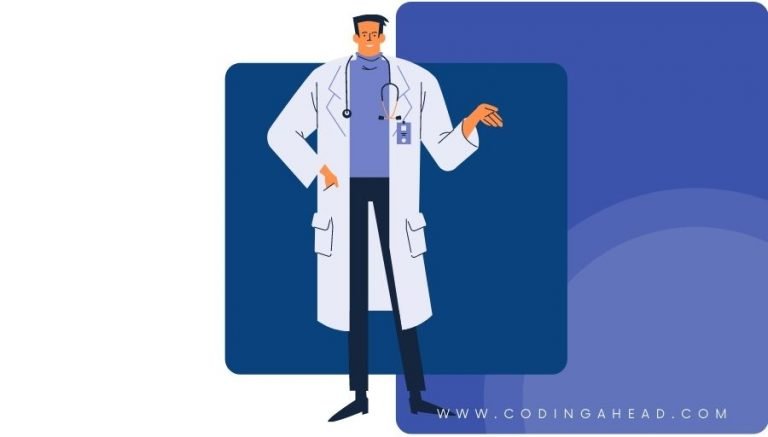How To Use CPT Code 95718
CPT 95718 describes the continuous recording and analysis of brain activity using electroencephalography (EEG) with video. This article will cover the description, procedure, qualifying circumstances, appropriate usage, documentation requirements, billing guidelines, historical information, similar codes and billing examples.
1. What is CPT Code 95718?
CPT 95718 can be used to describe the continuous recording and analysis of brain activity using electroencephalography (EEG) with video. This code is used when a physician or other qualified healthcare professional reviews the recorded events, analyzes spike and seizure detection, interprets the findings, and prepares a report based on 2-12 hours of EEG recording.
2. Official Description
The official description of CPT code 95718 is: ‘Electroencephalogram (EEG), continuous recording, physician or other qualified health care professional review of recorded events, analysis of spike and seizure detection, interpretation and report, 2-12 hours of EEG recording; with video (VEEG)’
3. Procedure
- The patient is positioned in a supine position.
- The technologist attaches electrodes or sensors to the patient’s head.
- Wires connect the sensors to a computer, which records the electrical activity of the brain.
- A video recording is obtained simultaneously.
- The EEG recording continues for 2-12 hours.
- The physician or other qualified healthcare professional reviews the recorded events, analyzes spike and seizure detection, interprets the data, and prepares a report.
4. Qualifying circumstances
CPT 95718 is used for patients who require continuous EEG recording and analysis. This procedure is typically performed to diagnose conditions affecting brain activity, such as epilepsy, sleep disorders, dementia, nervous system or mental disorders, head injuries, tumors, coma, or brain death. The physician or other qualified healthcare professional must be involved in the review, analysis, interpretation, and reporting of the recorded events.
5. When to use CPT code 95718
CPT code 95718 should be used when a continuous EEG recording with video is performed for 2-12 hours and the recorded events are reviewed, analyzed, interpreted, and reported by a physician or other qualified healthcare professional. This code should not be used for recordings lasting more than 12 hours, as there are separate codes available for longer durations.
6. Documentation requirements
To support a claim for CPT 95718, the following documentation is required:
- Recorded events and findings from the EEG
- Analysis of spike and seizure detection
- Interpretation of the data
- Report prepared by the physician or other qualified healthcare professional
7. Billing guidelines
When billing for CPT 95718, ensure that the procedure involves continuous EEG recording with video for 2-12 hours and that the recorded events are reviewed, analyzed, interpreted, and reported by a physician or other qualified healthcare professional. It is important to follow the specific guidelines and coding instructions provided by the payer to ensure accurate billing and reimbursement.
8. Historical information
CPT 95718 was added to the Current Procedural Terminology system on January 1, 2020. There have been no updates to the code since its addition.
9. Examples
- A physician reviewing the recorded events, analyzing spike and seizure detection, interpreting the findings, and preparing a report based on a 4-hour EEG recording with video for a patient with suspected epilepsy.
- A neurologist analyzing the continuous EEG recording with video for 6 hours, identifying abnormal patterns of brain activity, and providing an interpretation and report for a patient with a sleep disorder.
- A pediatrician reviewing the recorded events, analyzing spike and seizure detection, interpreting the findings, and preparing a report based on a 3-hour EEG recording with video for a child with developmental delays.
- A neurosurgeon analyzing the continuous EEG recording with video for 8 hours, identifying abnormal brain activity during a surgical procedure, and providing an interpretation and report.
- A psychiatrist reviewing the recorded events, analyzing spike and seizure detection, interpreting the findings, and preparing a report based on a 5-hour EEG recording with video for a patient with a mental disorder.
- A neurologist analyzing the continuous EEG recording with video for 10 hours, identifying abnormal brain activity in a patient with a head injury, and providing an interpretation and report.
- A physician reviewing the recorded events, analyzing spike and seizure detection, interpreting the findings, and preparing a report based on a 2-hour EEG recording with video for a patient in a coma.
- A neurologist analyzing the continuous EEG recording with video for 7 hours, identifying abnormal brain activity in a patient with a brain tumor, and providing an interpretation and report.
- A psychiatrist reviewing the recorded events, analyzing spike and seizure detection, interpreting the findings, and preparing a report based on a 9-hour EEG recording with video for a patient with dementia.
- A neurologist analyzing the continuous EEG recording with video for 12 hours, identifying abnormal brain activity in a patient with suspected brain death, and providing an interpretation and report.



